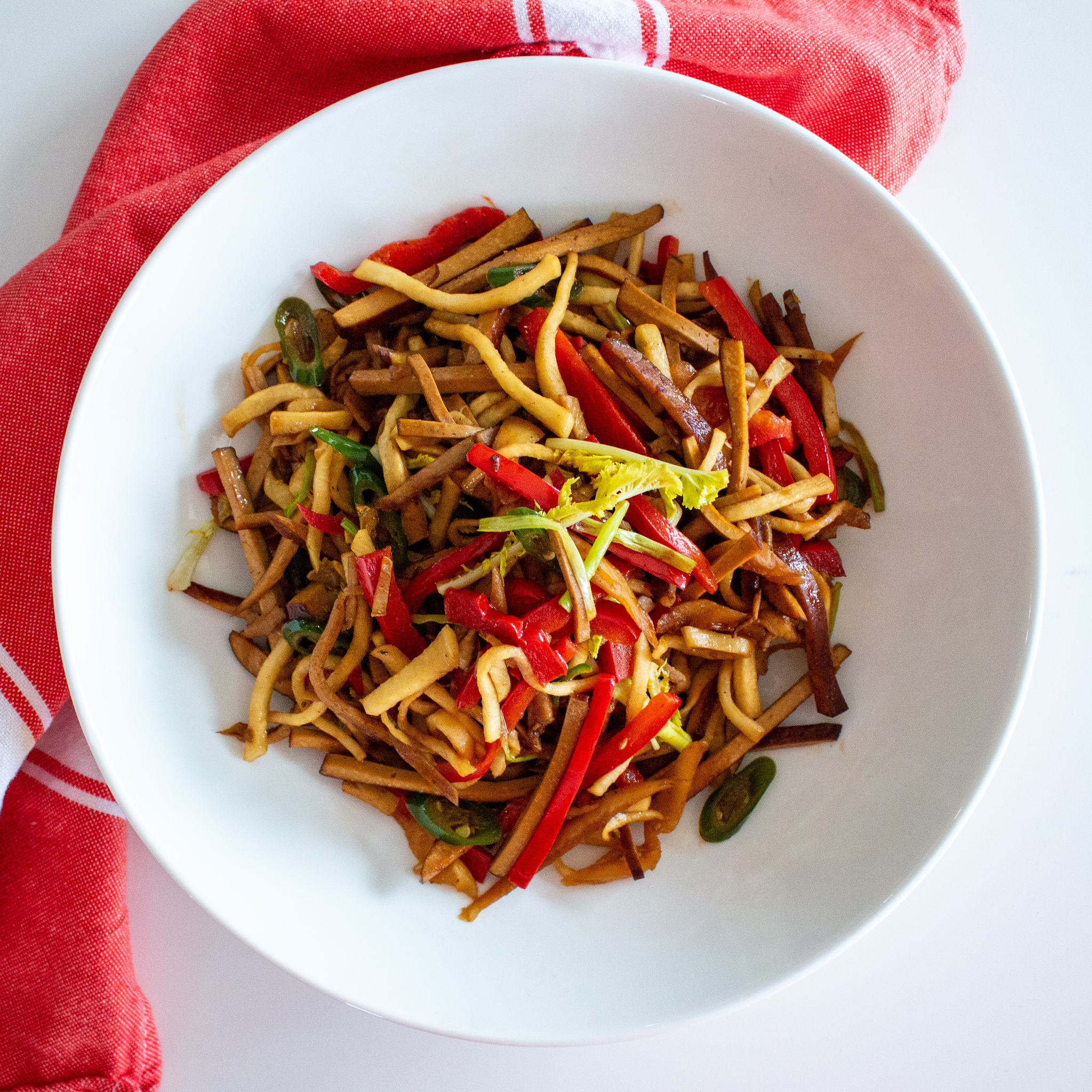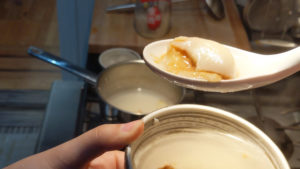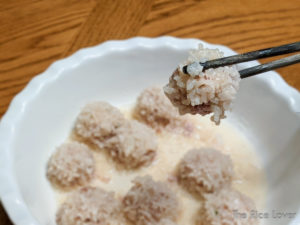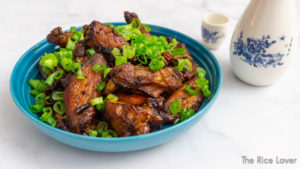Or, Blog Take 2: Cooking in the time of coronavirus
I first toyed with starting a food blog in 2015. My first post is still here. There was no second post; it turns out that working 55+ hours a week while packing lunch every day is not a lifestyle conducive to blogging.
Fast forward almost 5 years, and I’ve recently left my job as an ETF trader. My well-laid plans to spend this newfound time to plan my wedding then travel the world during my garden leave were derailed by the COVID-19 outbreak, so I find myself at home more than ever. For me, this means a lot more cooking, a lot more calligraphy practice, and a lot of quality time with cat (and my fiance of course). The cat is not impressed with this shelter-in-place scenario, but here we are nevertheless.
Cooking during quarantine
Today’s dinner is the epitome of cooking in a time of limited resources. The dish is Chinese Three Threads 炒三丝 (chǎo sān sī), which translates to “sauteed three threads”. It’s a homey stir fry of three+ different components whose flavor and color complement each other to become more than the sum of the parts. It’s a particularly humble dish because it uses whatever random veggies and optional meats you have in the fridge. “Thread” in Chinese culinary usage = julienne (cut in even, short, thin strips).
Bon Appétit recently called the julienne a “fussy French cut”, but Chinese cooks have been doing this for thousands of years for good reason. When you grab a mouthful of this dish, you get a mix of the three ingredients for a perfect bite. I personally find knife-work to be meditative and therapeutic, but you can also use a mandoline (watch your fingers!) or the large hole on your box grater (I like this one) to get there; I guarantee it’s worth it.
Ingredients
- 4-5 cups total of your three (or more!) main components, roughly equal amounts, peeled if necessary and julienned
- Good options include carrots, celery, red/yellow/orange bell pepper, garlic chives, Yukon gold potato, daikon radish, any onion, collard greens, any cabbage, dry tofu (豆腐干), beef/pork/chicken.
- Anything that isn’t a super soft leafy green like spinach or romaine works. The key is a diversity of colors, flavors, and textures
- I used cured pork (腊肉), red bell pepper, daikon, preserved radish (萝卜干), five-spice dry tofu (五香豆腐干), and green chilies.
- 2-3 cloves garlic, coarsely chopped
- 1-2 scallions, whites and greens, sliced
- 0.5″ Ginger, thinly sliced, optional (recommended if your dish includes a meat)
- 1 Tbsp Light soy sauce (生抽酱油), such as Wan Ja Shan or Kikkoman
- 1 tsp Dark soy sauce (老抽酱油), optional
- 1 Tbsp Shaoxing cooking wine (绍兴料酒) or mirin or dry sherry
- 1 tsp sugar
- 1 tsp vinegar, preferably Chinese black vinegar (镇江香醋), or rice wine vinegar or apple cider vinegar
- Additional seasonings of your choice, optional and to taste (豆腐乳 fermented bean curd, 沙茶酱 shacha “bbq” sauce, chili crisp like 老干妈)
- 1 Tbsp cooking oil (safe for high heat), such as avocado, grapeseed, or canola
- salt and white pepper, to taste
Head’s up: This post may contain affiliate links: if you click through to purchase or sign up for something, I may earn a small commission. This is at no additional cost to you and helps me keep this site running. All sellers are ones I use myself. For more info, check out my policy here.
Equipment — not a whole lot
- A large pan. I recommend a flat-bottom wok, which will give you plenty of space to flip and stir your ingredients. If you don’t have one, a cast iron, stainless steel saute pan, or even a large nonstick saute pan will work. Ideally you want something with higher sides, not a frying pan
- A good spatula. I use a “wok spoon” — a flattish metal spoon spatula — because it makes tossing, stirring, and adding ingredients easier. A fish turner, slotted spoon, or bamboo spatula are all great choices
“Mise En Place” — Prepare and set aside your ingredients

Julienne your main ingredients, taking care to keep them roughly the same size across the different vegetables. You can use a chef’s knife, mandoline, or box grater (large holes) for this step.
Set them aside, grouped based on how quickly they’ll cook. Hard vegetables like carrots, beets, and sweet potato take more time and will go in the wok earlier. Soft vegetables like bell pepper and leafy greens cook almost immediately, so they go in last.
Coarsely chop garlic, slice scallions, combine cooking wine and dark soy sauce (if using), and set out your seasonings. The cooking of this dish is quick, so it’s important to be ready to add all the ingredients.
Cook! About 5 minutes total, this part goes by quickly
Heat up your pan on medium heat (280°F). I use a Duxtop induction cooktop on setting 5.0. Once your pan reaches temp, add 1/2 your oil to the pan. If you’re using a meat, add it now and cook until it starts to brown slightly, tossing continuously.
Turn the heat to medium high (375°F = 7.5 on my induction). Add any hard root vegetables (e.g. carrot, rutabaga, beets) as well as any spicy chilies, and cook until they soften slightly, roughly 1-2 minutes. Add cooking wine and dark soy sauce (if using) around the side of the pan, add garlic and ginger, and toss to combine.
Drizzle the remaining oil around the side of the pan. Add any vegetables with medium cook time (e.g. daikon, turnips, cabbage, potatoes), tossing continuously, until they soften slightly, roughly 1-2 minutes. Add light soy sauce and any additional seasonings, again tossing to combine.
 Finally, add any quick-cooking (soft) vegetables (e.g. garlic chives, bell peppers, collard greens). At this stage your wok will be quite full, so it’s important to keep things moving by tossing continuously. Season with salt, sugar, and white pepper. Add vinegar and toss to coat evenly. When all ingredients are just barely cooked through (still crisp and vibrant), turn off the heat and add your scallions. Plate it up and enjoy a vibrant and flavorful plate of Chinese three threads!
Finally, add any quick-cooking (soft) vegetables (e.g. garlic chives, bell peppers, collard greens). At this stage your wok will be quite full, so it’s important to keep things moving by tossing continuously. Season with salt, sugar, and white pepper. Add vinegar and toss to coat evenly. When all ingredients are just barely cooked through (still crisp and vibrant), turn off the heat and add your scallions. Plate it up and enjoy a vibrant and flavorful plate of Chinese three threads!





